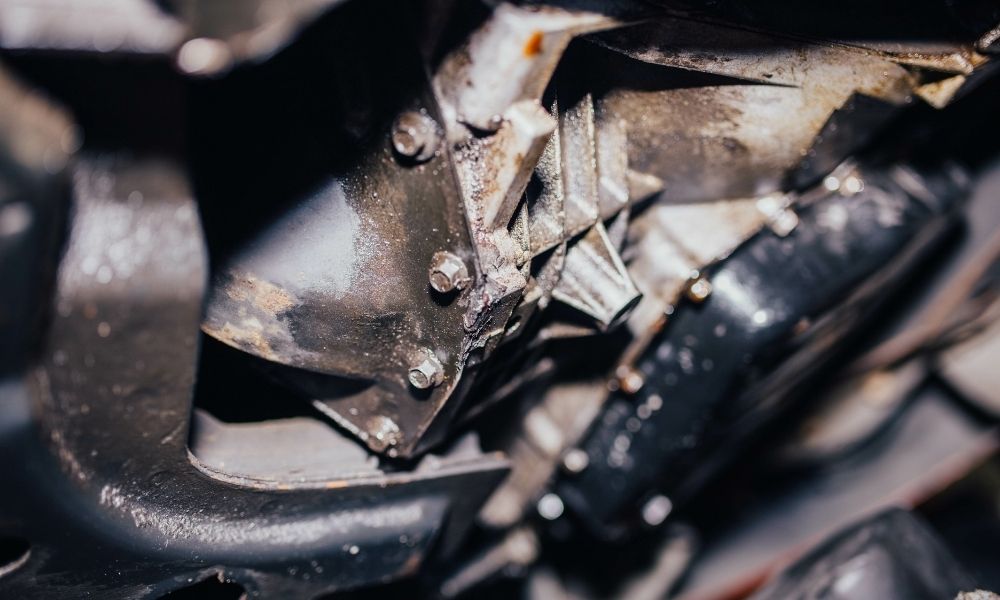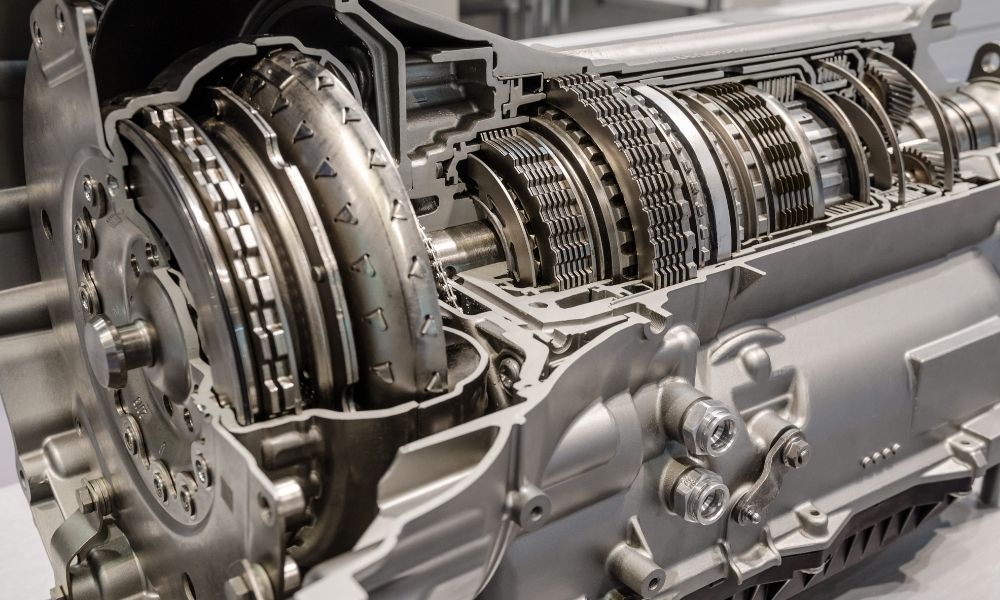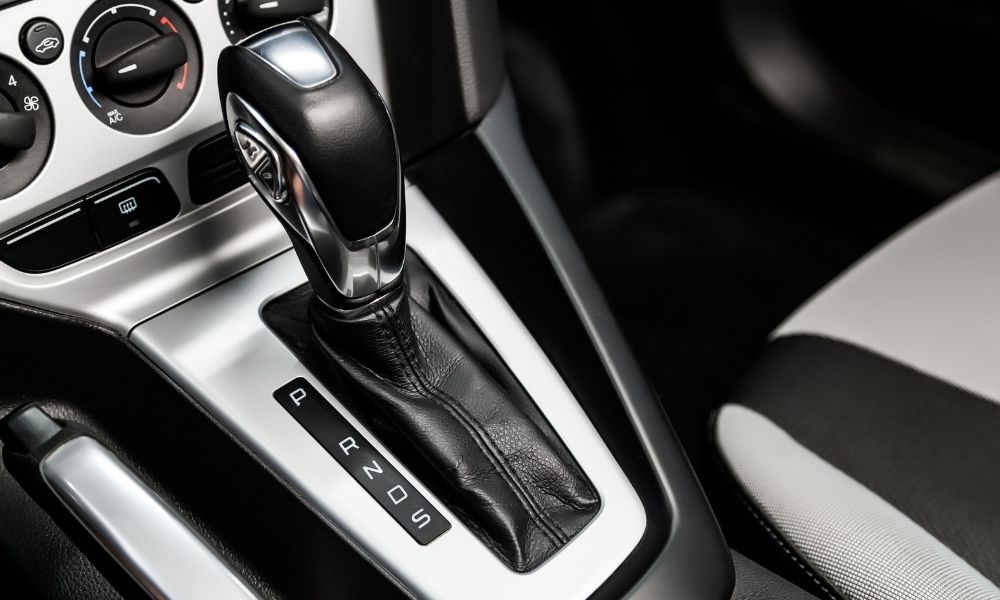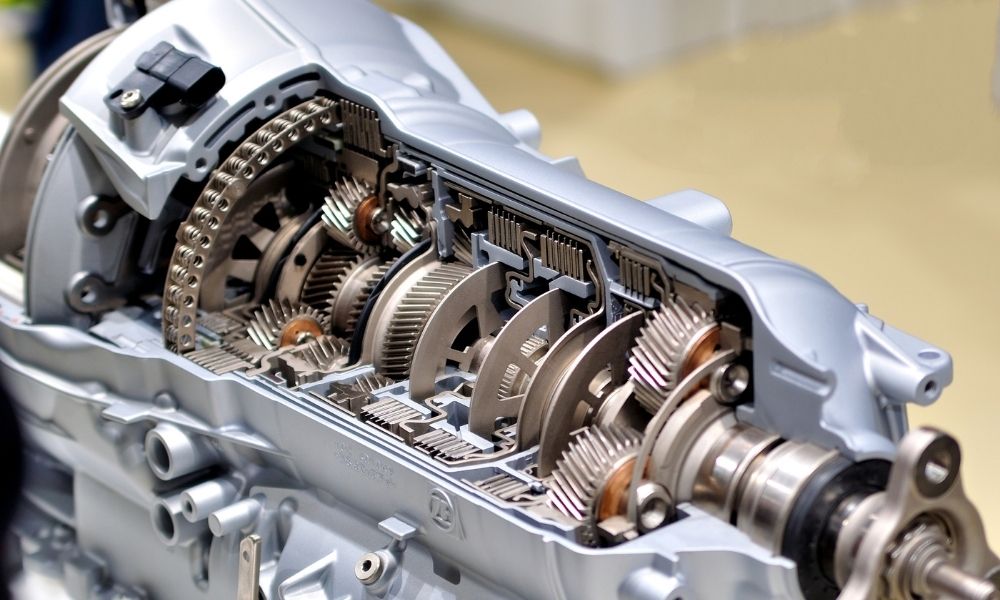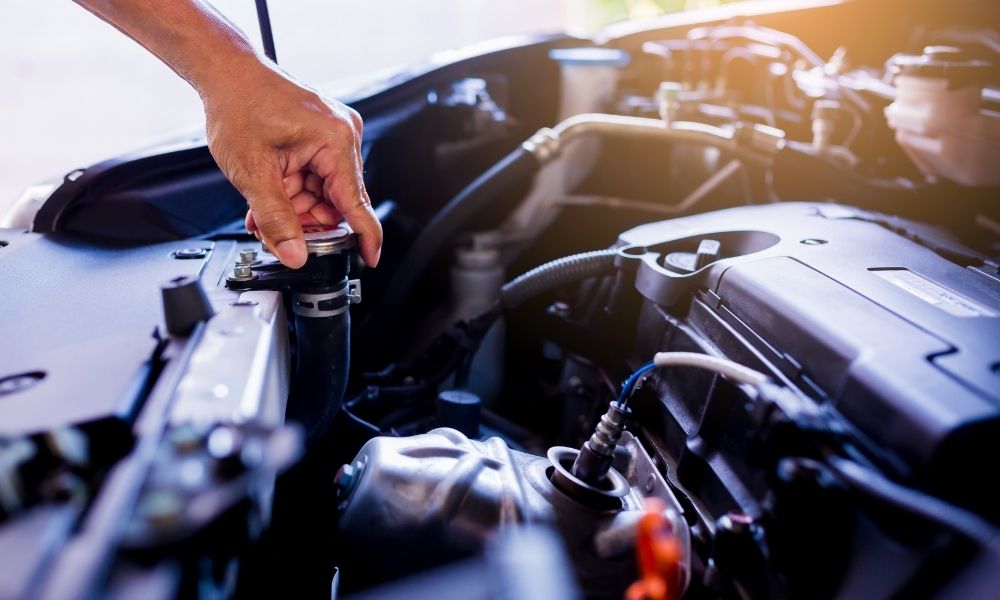Types of Transmission Leaks and Their Causes
A puddle of fluid below your vehicle is one of the most obvious signs that there is something wrong with your transmission. Transmission fluid leaks can occur for a number of different reasons—from a loose seal to a cracked line. Whatever the reason, it’s important to resolve the issue immediately to avoid further damage to one of the most complex and expensive components in your vehicle. To learn about some of the various types of transmission leaks and their causes, continue reading.
Damaged Transmission Pan Gasket
Perhaps the most common cause of transmission fluid leaks—and one of the easiest to resolve—is a damaged transmission pan gasket. The transmission pan gasket is a rubber gasket that forms a seal between the transmission pan and the bell housing. Over time, this gasket naturally wears out and will need to be replaced regularly in order to prevent a leak from occurring. As such, if you notice that your transmission is leaking, this is one of the first components you should check.
Cracked Transmission Lines
Transmission lines serve the important purpose of transmitting fluid throughout the transmission. Such lines are incredibly durable—often made from either aluminum or steel—and generally last for a significant amount of time. However, there are some cases in which excessive heat or old age may cause them to crack. In such an instance, the transmission fluid flowing through them will begin to leak out.
Torque Converter Issues
Another potential cause of a leaking transmission is an issue with the torque converter. The torque converter propels transmission fluid throughout the entire system as a result of the pressure produced from its hydraulic pump. If a crack occurs in the transmission converter’s body, or if the needle bearings become damaged, transmission fluid will begin to leak. This issue is fairly com

